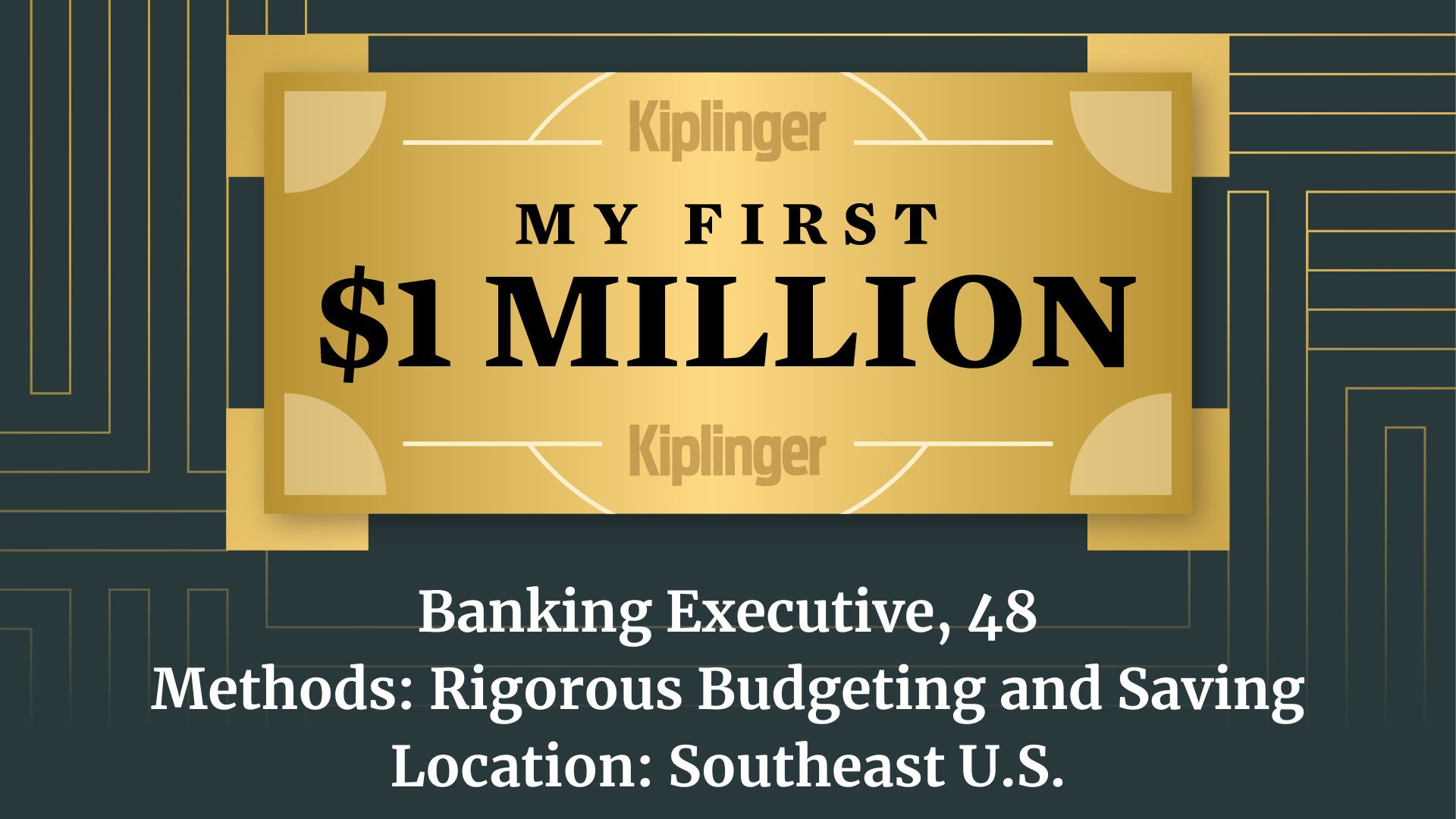The Parent Trap: College Debt
The cost of sending your child to a four-year university is outpacing overall inflation by alarming rates. The time to start planning for your child's college costs is, well, yesterday.

Sticker shock does not begin to describe what parents are facing in the coming years. A dedicated and prudent approach to saving for college is advised and should start sooner rather than later.
See Also -- TOOL: Find the Best College for You
According to NAHC.org estimates, since the mid-1980s through 2014 the average cost of a college education has outpaced inflation by roughly 7% per year. The average cost of tuition and room and board is $19,000 for public universities and $42,000 for private nonprofit schools. For high-end universities, the all-in annual cost for an education exceeds $60,000. At these rates of increase, this number will exceed $100,000 per annum within the next 5-10 years. Multiply these figures by the number of children you have, and the total price tag seems overwhelming.
There are many reasons for these staggering increases in educational expenses. But that’s not the focus of this article. You need to determine the best ways to plan and how to reduce the cost of college. College planning can be quite complex, and careful planning with a seasoned professional is advised.
From just $107.88 $24.99 for Kiplinger Personal Finance
Become a smarter, better informed investor. Subscribe from just $107.88 $24.99, plus get up to 4 Special Issues

Sign up for Kiplinger’s Free Newsletters
Profit and prosper with the best of expert advice on investing, taxes, retirement, personal finance and more - straight to your e-mail.
Profit and prosper with the best of expert advice - straight to your e-mail.
The most well-known and heavily marketed way to save for college is by setting up a 529 plan for each of the beneficiaries you expect to be helping with college. 529 plans are a way to invest money for your beneficiary’s education where the investment returns are tax-deferred and withdrawals are tax-exempt, as long as they are used for qualified higher education expenses. If withdrawals from 529 plans are made for purposes other than higher education, the investment earnings will be subject to federal income tax and possibly a 10% federal tax penalty.
529 plans are particularly attractive to wealthy clients because of the high contribution limits, potential state-level deductions (varies by state) and the ability to use them as part of estate planning. Annual contributions up to $14,000 ($28,000 for married couples) can be made without gift-tax consequences, and under a special election, you can contribute up to $70,000 ($140,000 for married couples) at one time by accelerating five years’ worth of contributions. Once the account reaches $300,000 - $350,0000 (the limit varies by state), no further contributions can be made.
It’s important to note that helping out isn’t as easy as writing a check. Giving money the wrong way could throw off a client’s taxes and hurt the student’s chances for financial aid. Assets in a nonparent-funded 529 plan are not included in the financial aid calculation before the money is spent, but once that first distribution is made it counts as income to the student (student income reduces aid eligibility by 20%), which could mean a lot less aid in the subsequent year.
One way to minimize the aid hit is to give money in the parents’ name, up to the point at which the student files the last Free Application for Federal Student Aid (FAFSA) form. This way, the additional money only reduces aid eligibility by 5.64%.
Another way is to wait to withdraw money from a 529 plan until the middle of the student’s junior year, after students have filed their last FAFSA forms. This would keep the money from being included in the financial aid calculation.
With 529s, the account owner, rather than the beneficiary, maintains control of account assets and determines the timing and amount of distributions. Beneficiary changes can be made without penalty provided the new beneficiary is a member of the previous beneficiary’s family.
There’s another way: For those who like flexibility, both in how they invest and how the money can be used, opening a Uniform Transfer to Minors Act (UTMA) custodial account or the similar Uniform Gift to Minors Act (UGMA) account is an option. The key difference is the UTMAs shift the money to the former minor at age 21 or 25 and UGMAs shift the money when the former minor is 18. The investment options are more diverse within UTMAs and UGMAs than what 529 plans offer. They allow stocks, bonds, funds, annuities, insurance policies, real estate, fine art, limited partnerships, patents and royalties, whereas 529 plans general only allow equity and bond funds.
There are no contribution limits with UTMAs and UGMAs, but gift tax limits apply, and the funds are generally taxed like other investments: income, dividends and capital gains. The earnings are taxed to the child, and if the total income from dividends, interest and capital gains exceed a fairly low threshold ($1,050 in 2015) the income may then be subject to the nonparent’s tax rate. The income will also be counted as student income on the FAFSA form, which could affect financial aid. The funds within UTMAs and UGMAs can also be used for things other than qualified higher education without penalty.
Simply giving cash has consequences that should be considered. Once a student is in school, checks should be written directly to the school to pay for tuition. This approach eliminates gift tax concerns since the money is not being giving to the student. However, a college could include the direct payment when calculating the student’s financial aid for the subsequent year. If the student is receiving financial aid, one way to get around this is to time the direct tuition payment to the second half of the junior year or later, so it won’t be included in the financial aid calculation.
Another savings option is the cash value of a life insurance policy. A life policy for the purpose of saving for college is not advised, but generally there’s a need for life insurance for families with dependents. In the event that the death benefit portion on a universal life policy is needed, some of the advantages of using the policy’s cash value for college expenses include: tax-deferred earnings, tax-exempt withdrawals (taking a loan against the cash value) and no penalties if the cash is used for things other than qualified higher education.
Along with the savings avenues above, other resources may be required. Financial aid is available to those whose adjusted gross income (AGI) is generally less than $200,000. FAFSA requires the family contribution to be 20% of AGI, so a family whose AGI is $200,000 would be responsible to pay $40,000. If a college costs $60,000, then the family could be eligible for aid. Assets not included in the aid calculation include: home equity, permanent life insurance, annuities, small business assets, all retirement accounts and family farms.
Other options include grants and loans, but graduating with student loan debt can be stifling. Washington is looking very closely at how to relieve some of this burden, but there is no predicting what will happen over the next 20 years. College planning is more complex than most people think. It pays to sit down with a professional sooner rather than later to chart a path towards smart college planning.
Woodring is founding partner of San Francisco Bay area Cypress Partners, a fee-only wealth consulting practice that provides personalized, comprehensive services that help retirees and busy professionals to enjoy life free of financial concern.
Profit and prosper with the best of Kiplinger's advice on investing, taxes, retirement, personal finance and much more. Delivered daily. Enter your email in the box and click Sign Me Up.

Woodring is founding partner of San Francisco Bay area Cypress Partners, a fee-only wealth consulting practice that provides personalized, comprehensive services that help retirees and busy professionals to enjoy life free of financial concern.
-
 How to Safely Open an Online Savings Account
How to Safely Open an Online Savings AccountOnline banks offer generous APYs that most brick-and-mortar banks can't match. If you want to make the switch to online but have been hesitant, I'll show you how to do it safely.
-
 7 Ways to Age Gracefully Like the Best Stock Photo Seniors
7 Ways to Age Gracefully Like the Best Stock Photo SeniorsAs a retirement editor, I've gleaned valuable wisdom (and a lot of laughs) from one older couple that tops the seniors' stock photo charts.
-
 My First $1 Million: Banking Executive, 48, Southeast U.S.
My First $1 Million: Banking Executive, 48, Southeast U.S.Ever wonder how someone who's made a million dollars or more did it? Kiplinger's My First $1 Million series uncovers the answers.
-
 Time to Close the Books on 2025: Don't Start the New Year Without First Making These Money Moves
Time to Close the Books on 2025: Don't Start the New Year Without First Making These Money MovesAs 2025 draws to a close, take time to review your finances, maximize tax efficiency and align your goals for 2026 with the changing financial landscape.
-
 I'm an Insurance Expert: Sure, There's Always Tomorrow to Report Your Claim, But Procrastination Could Cost You
I'm an Insurance Expert: Sure, There's Always Tomorrow to Report Your Claim, But Procrastination Could Cost YouThe longer you wait to file an insurance claim, the bigger the problem could get — and the more leverage you're giving your insurer to deny it.
-
 Introducing Your CD's Edgier Cousin: The Market-Linked CD
Introducing Your CD's Edgier Cousin: The Market-Linked CDTraditional CDs are a safe option for savers, but they don't always beat inflation. Should you try their counterparts, market-linked CDs, for better returns?
-
 How to Protect Yourself and Others From a Troubled Adult Child: A Lesson from Real Life
How to Protect Yourself and Others From a Troubled Adult Child: A Lesson from Real LifeThis case of a violent adult son whose parents are in denial is an example of the extreme risks some parents face if they neglect essential safety precautions.
-
 A Financial Planner Takes a Deep Dive Into How Charitable Trusts Benefit You and Your Favorite Charities
A Financial Planner Takes a Deep Dive Into How Charitable Trusts Benefit You and Your Favorite CharitiesThese dual-purpose tools let affluent families combine philanthropic goals with advanced tax planning to generate income, reduce estate taxes and preserve wealth.
-
 How Financial Advisers Can Best Help Widowed and Divorced Women
How Financial Advisers Can Best Help Widowed and Divorced WomenApproaching conversations with empathy and compassion is key to helping them find clarity and confidence and take control of their financial futures.
-
 4 Financial To-Dos to Finish 2025 Strong and Start 2026 on Solid Ground
4 Financial To-Dos to Finish 2025 Strong and Start 2026 on Solid GroundDon't overlook these important year-end check-ins. Missed opportunities and avoidable mistakes could end up costing you if you're not paying attention.
-
 I'm an Insurance Pro: It's Time to Prepare for Natural Disasters Like They Could Happen to You
I'm an Insurance Pro: It's Time to Prepare for Natural Disasters Like They Could Happen to YouYou can no longer have the mindset that "that won't happen here." Because it absolutely could. As we head into 2026, consider making a disaster plan.